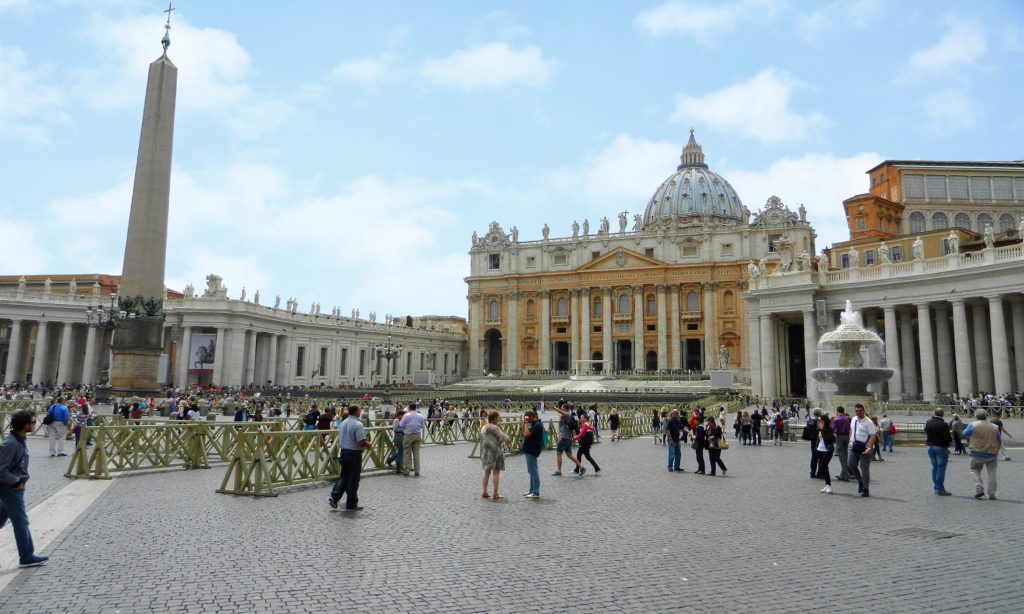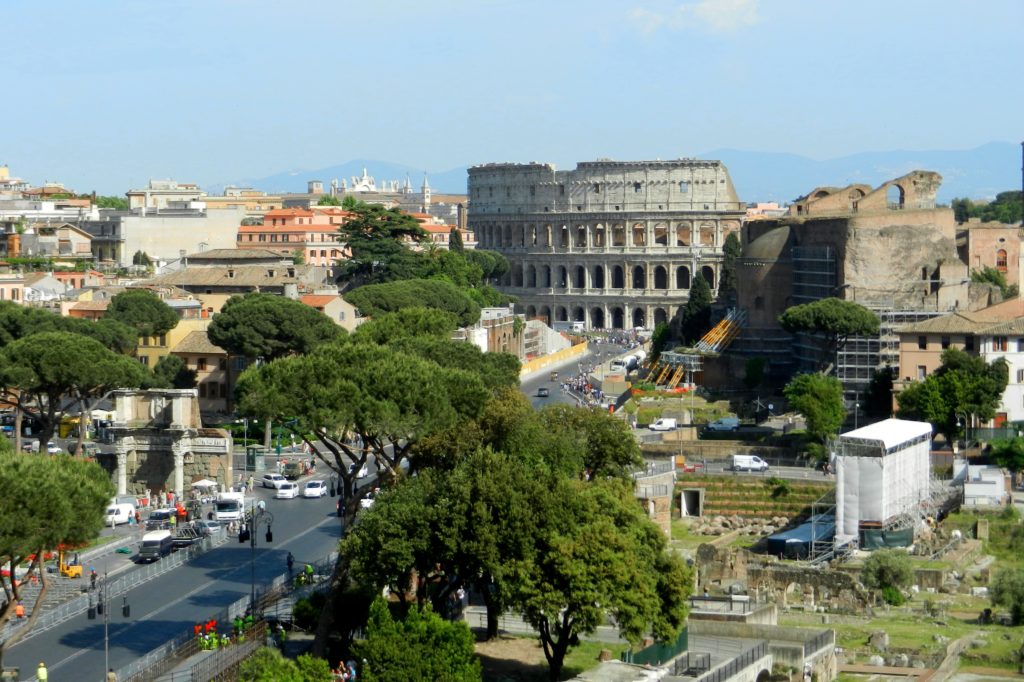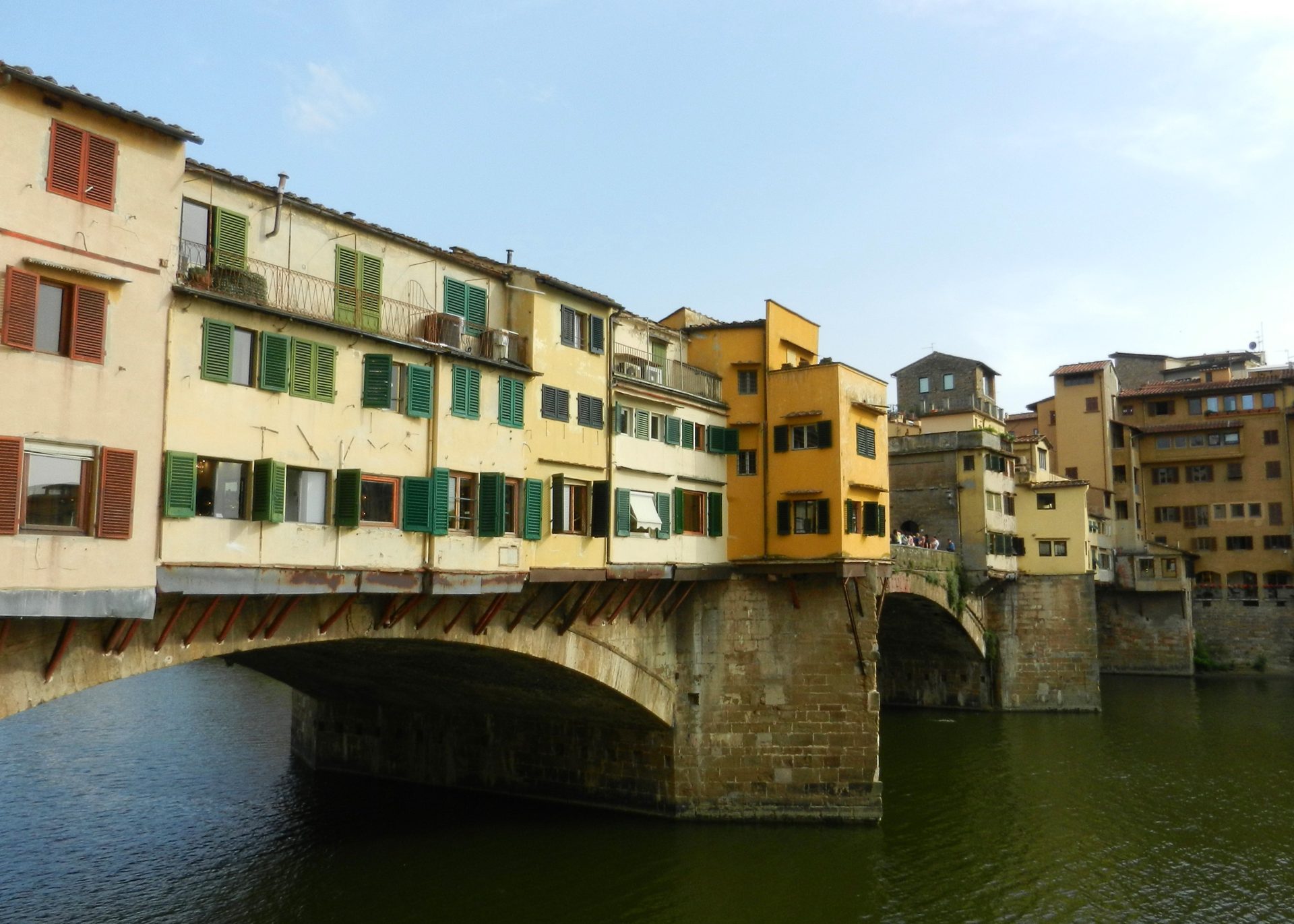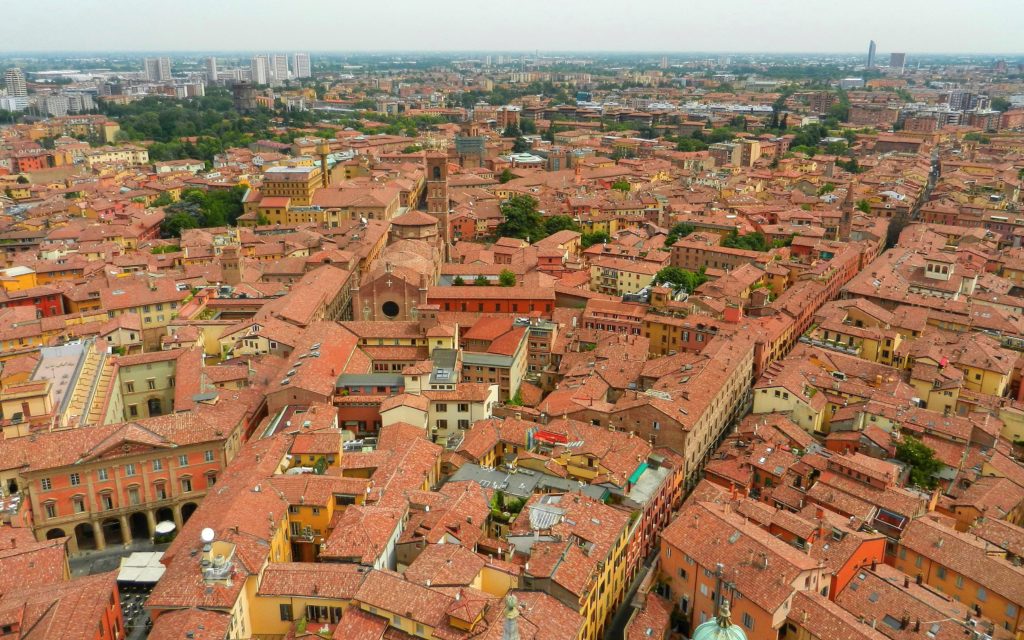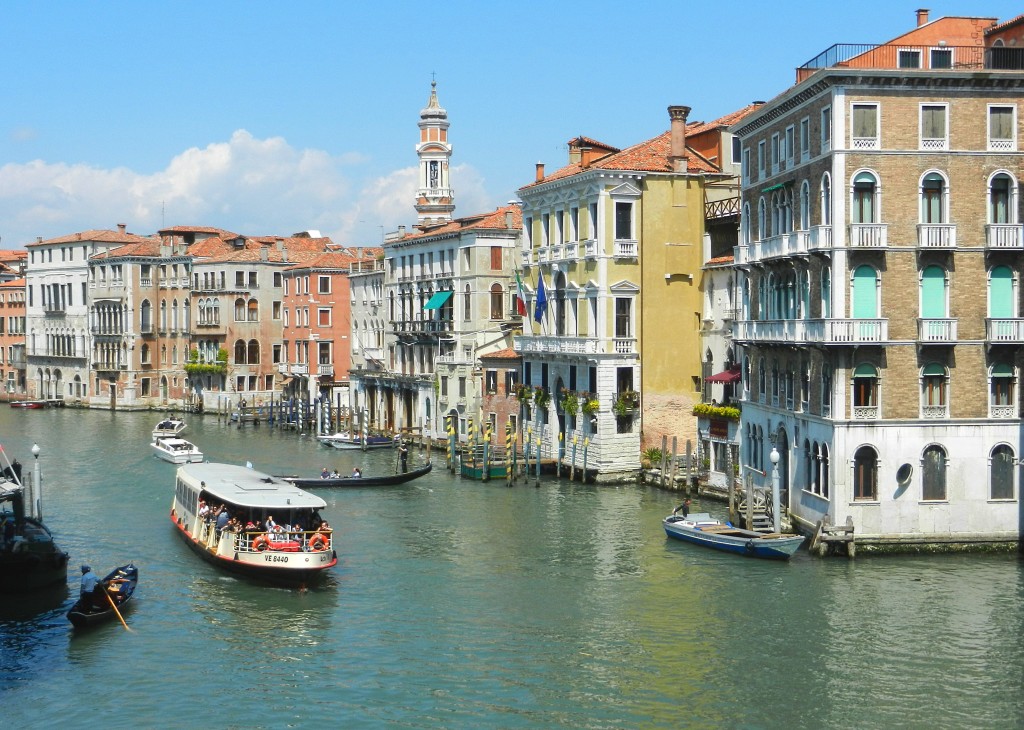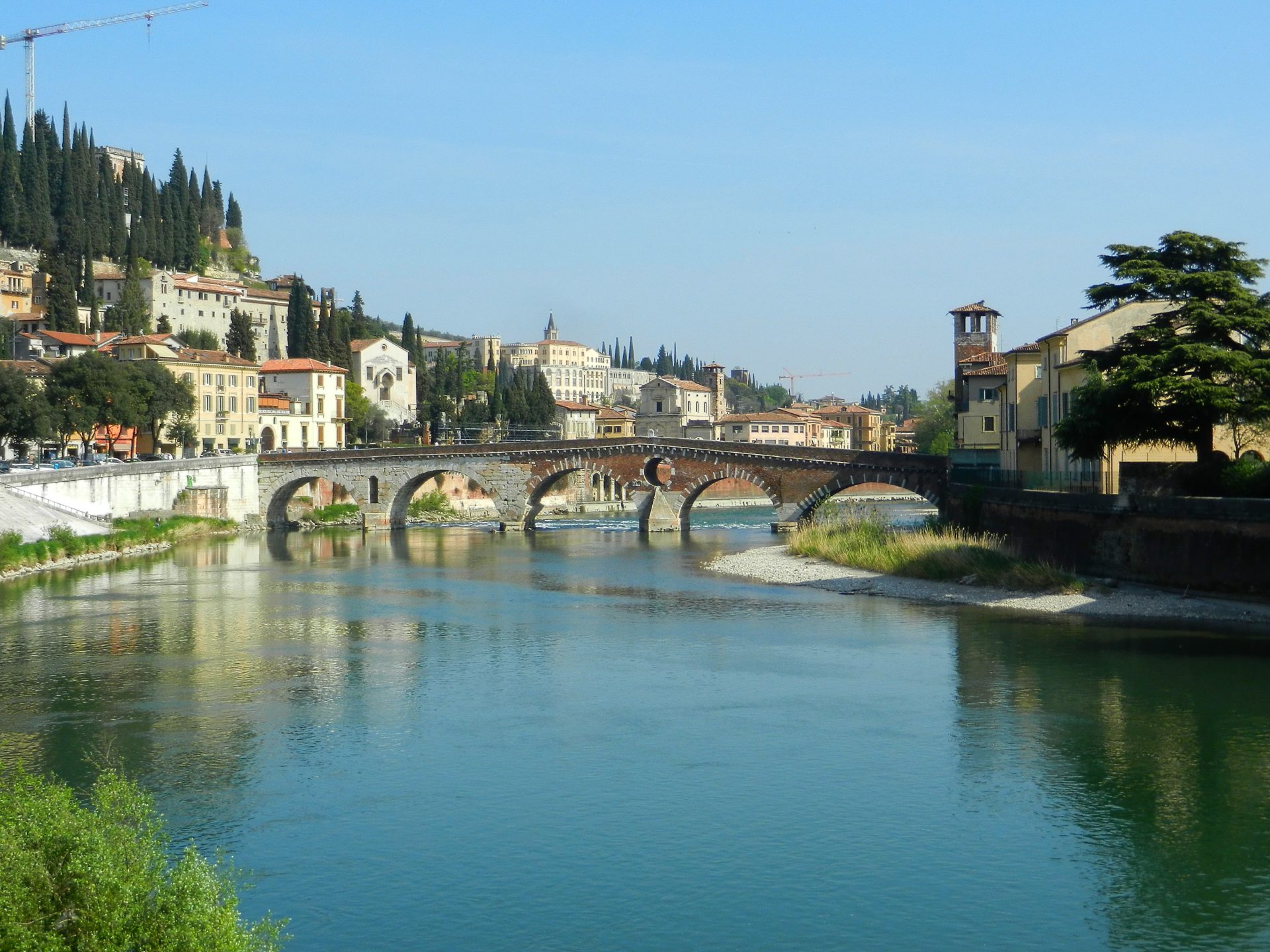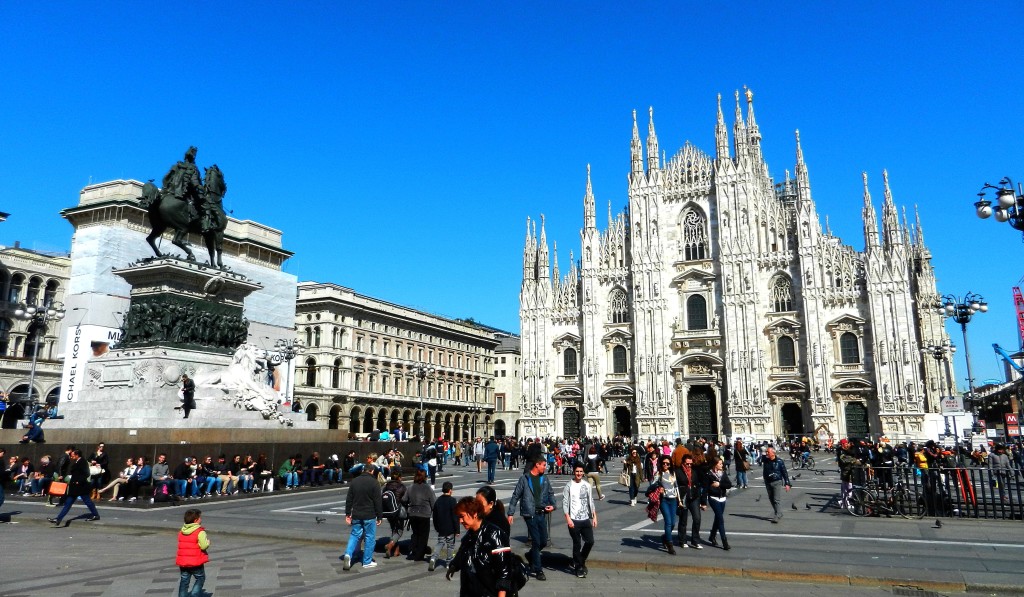You could say that the Roman Empire lives on though the Vatican. It was Emperor Constantine the Great who built the original church on Vatican hill, over the grave of Saint Peter himself. After the Western Roman Empire fell, the Catholic Church acted as the principal force of unity in the Western World. In the Middle Ages, the Pope was considered greater than all the kings and rulers of Europe. Even today, the Pope is the head of the Roman Catholic Church with more than 1.2 billion followers. Vatican City has become one of the most popular attractions in the world, drawing over 5 million tourists a year to its priceless works of art and opulent architecture. Despite one’s religious beliefs, one cannot deny the cultural and historical importance of the Roman Catholic Church and the Vatican.
Italy
All Roads Lead to Rome
Throughout our European travels we have found evidence of the greatness of the Roman Empire; from Hadrian’s Wall in the misty isles of Britain as far as Ephesus on the Aegean shores of Turkey. Every church, every castle, and every European city we visited was built upon the foundations of Roman temples, forts, and towns. Roman language, culture, and technologies spread all across the western world and are still used today. Needless to say, I was ecstatic when at last we had arrived at the centre of it all, the birthplace of western civilisation, to which all roads once led: Rome.
Florence, Cradle of the Italian Renaissance
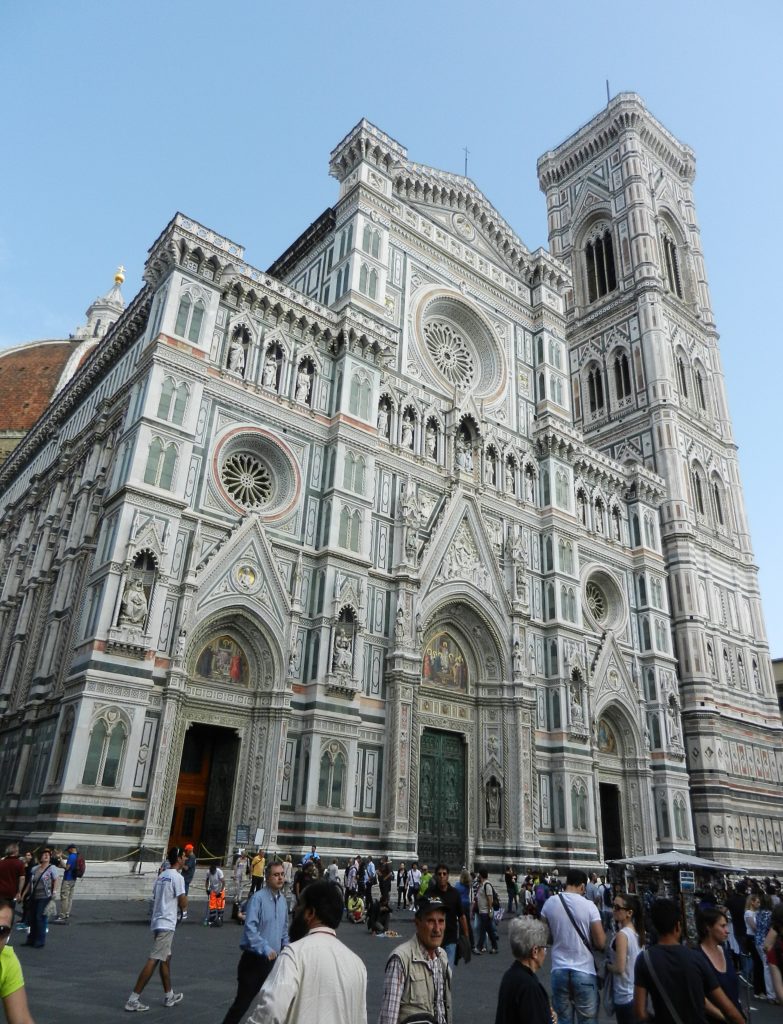
Between the beautiful architecture and delicious wines (just outside the city you will find the Chianti wine region) tourism has become the major driver of the Florentine economy. Florence, or Firenze in Italian, has been at the front of the pack economically for centuries; in fact in the Middle Ages it was the centre for Medieval finance and trade. All that wealth was put to artistic use and the city is considered to be la culla del Rinascimento, “the cradle of the Italian Renaissance” for a very good reason.
Bologna, City of Many Names
Bologna is known by many names because it’s a city with a high reputation. It is called “La Grassa” (the fat one) for its famous rich and fatty cuisine. A view from one of its many towers will show you why “La Rossa” (the red one) perfectly describes the earthy hues of Bologna. The nickname “La Dotta” (the learned one) tips a cap to the University of Bologna, the oldest operating university in the world. With all of this acclaim and more, Bologna has a lot to be proud of.
The Grand Canals of Venice
Ahhh Venice… a labyrinth of stunning architecture and alluring attractions, riddled with canals and trampled by 20 million tourists each year. Everybody wants to come to Venice and realize that romantic image of Italy we have in our heads: wandering the secret campis or grand piazzas, sipping espresso at canal-side cafés, and, of course, riding the gondolas as the drivers sing, “Thiiis is the night, what a beauuutiful night…” Although the dream of Venice has long been propagated through popular media, the reality comes pretty close to meeting expectations. Like Paris or Rome, Venice is a historical masterpiece, a wealth of architectural wonders that will continue to draw the masses for years to come.
In Fair Verona
“In fair Verona, where we lay our scene…”
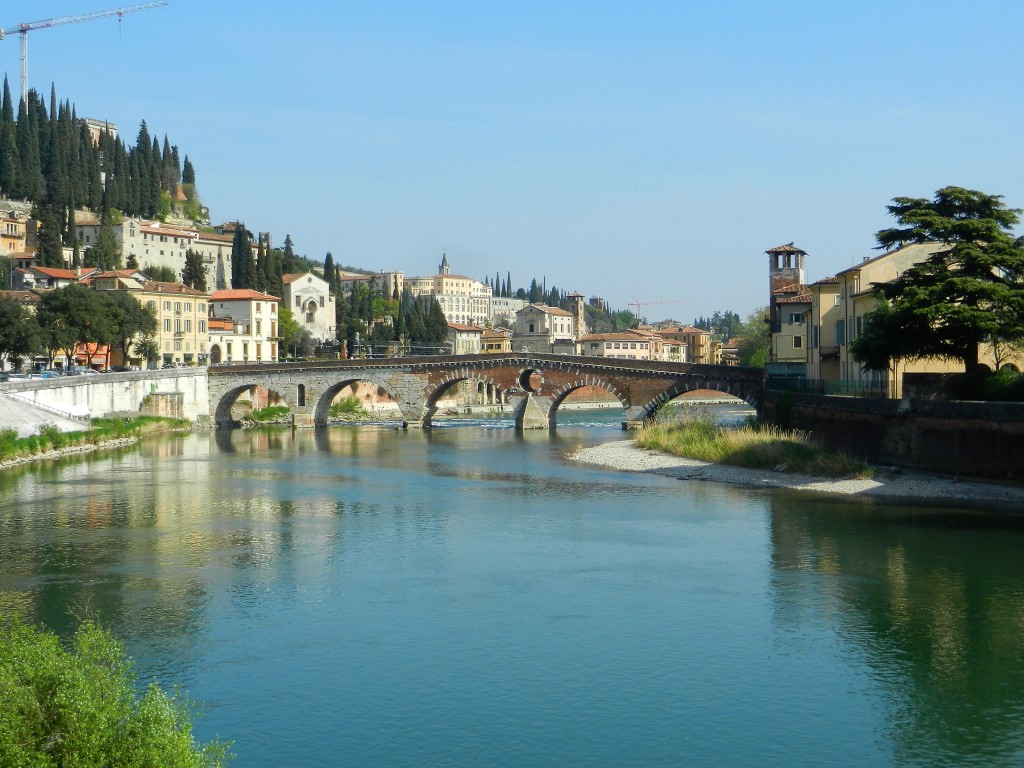 … The family finds themselves in a city alive with romance, drama, and the shadows of two of the world’s most famous “star-cross’d lovers“! Ah, William Shakespeare, who doesn’t remember reading at least a few of his works in school? While Verona sets the stage for three of Shakespeare’s plays, Romeo and Juiliet (of course), The Two Gentlemen of Verona, and The Taming of the Shrew, there is much more to it than the famous writings of an Englishman.
… The family finds themselves in a city alive with romance, drama, and the shadows of two of the world’s most famous “star-cross’d lovers“! Ah, William Shakespeare, who doesn’t remember reading at least a few of his works in school? While Verona sets the stage for three of Shakespeare’s plays, Romeo and Juiliet (of course), The Two Gentlemen of Verona, and The Taming of the Shrew, there is much more to it than the famous writings of an Englishman.
The Leaning Tower of Pisa (and more!)
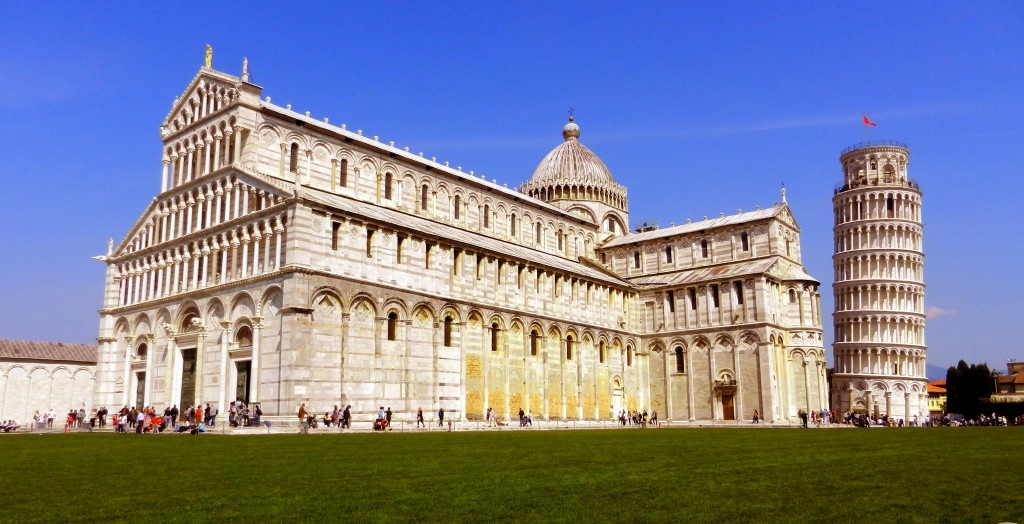
Italy’s infamous Leaning Tower of Pisa attracts over a million tourists a year, so we thought it was time to join the flock and see what all the fuss is about. Embarking with a caravan full of Ashleigh’s family we left the gorgeous shores of Tuscany and proceeded inland to the province of Pisa and its capital city. With Fred behind the wheel of our monstrous bus-van, Braeden navigating and the rest of us back-seat driving, we carefully piloted through Italy’s narrow streets, avoiding reckless Lamborghinis along the way.
Cinque Terre, a Photographer’s Paradise!
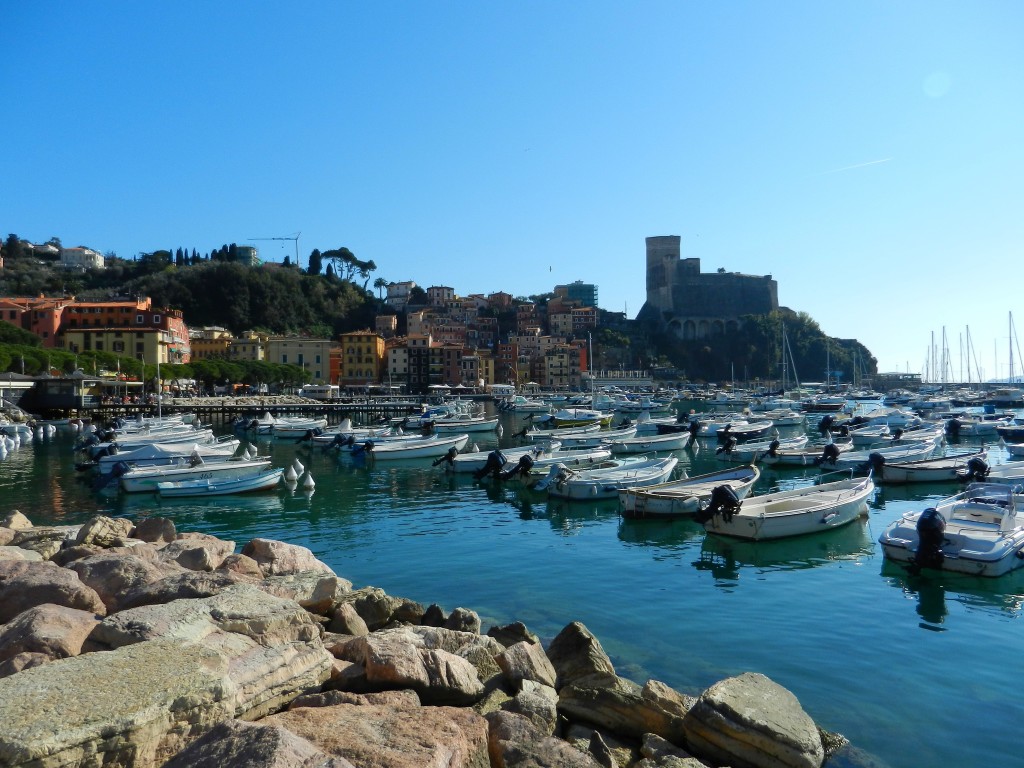
After ecstatic hugs and a flurry of gleeful giggles, the whole family piled into the rental van and away we went! There were some hairy moments puzzling out the toll booths (our van had a Goldilocks-situation where the upper toll was too high but the lower one was too low), but soon we rolled into the sun-soaked coast of the Italian Riviera. We were staying in the Liguria region (just north of Tuscany) where, fun fact, pesto originates (mmm, basil)! My parents had found a beautiful apartment with a balcony overlooking Lerici, our hometown for the next several days. Nearby the incredible Cinque Terre was waiting for us, but for now it was time to bring out the wine! Pouring our first glasses of Tuscan wine, we clinked glasses to our family vacation and watched the sun setting over the harbour.
The Imperial City of Milan
Fixed like a giant spider-web on the map, Milan stands out as one of Italy’s greatest, and most dazzling, metropolises. We had heard people say Milan’s a commercial capital without much else to do but shop for Gucci purses and dine in exclusive restaurants. Yet I was pleasantly surprised by the abundance of renaissance art and architecture, marvellous churches and green spaces Milan has to offer. You don’t have to be ‘rolling in the dough’ to spend a couple of enjoyable days strolling around the city (or using its cheap transportation system), revealing the cultural riches of Milan around every corner.

